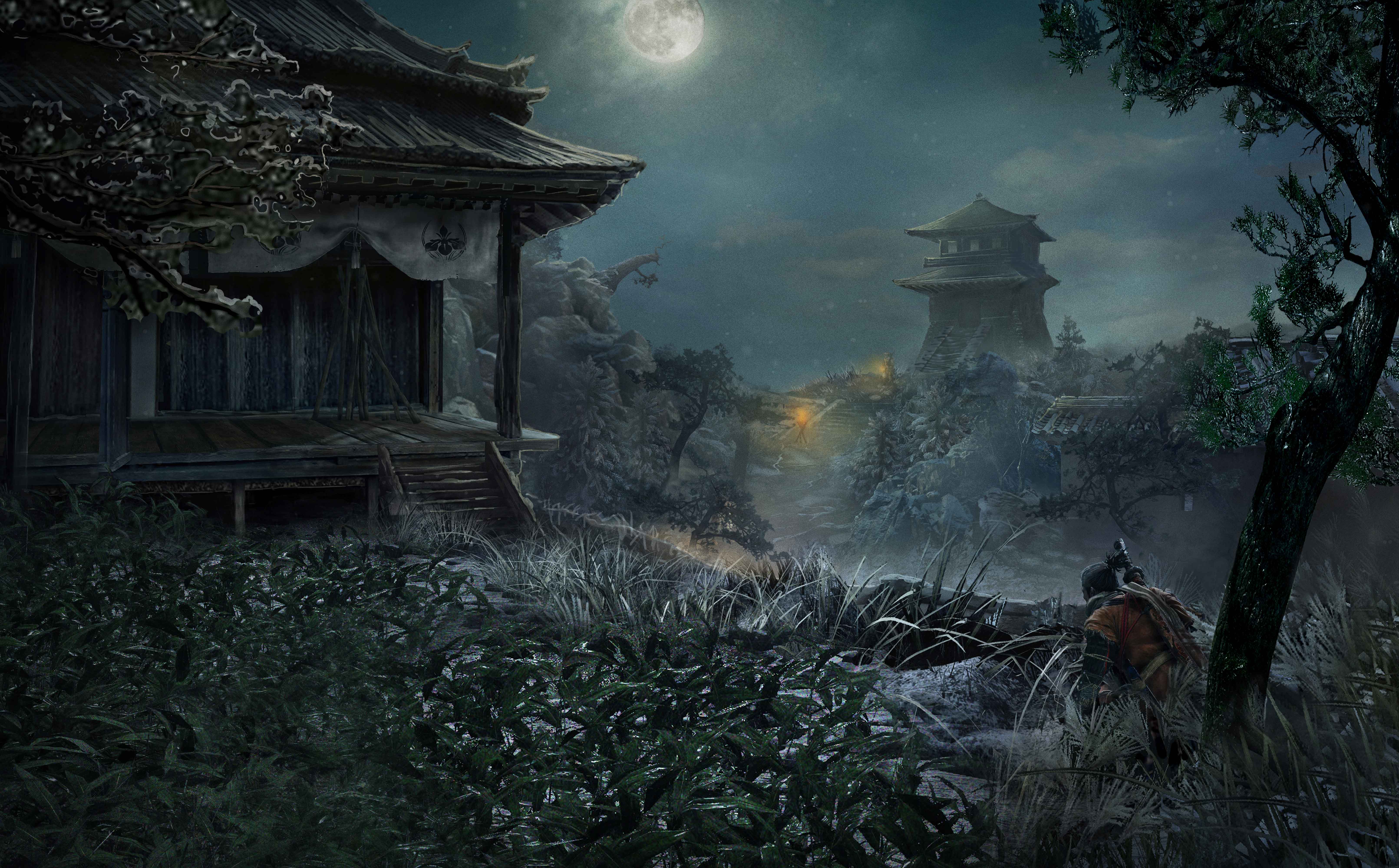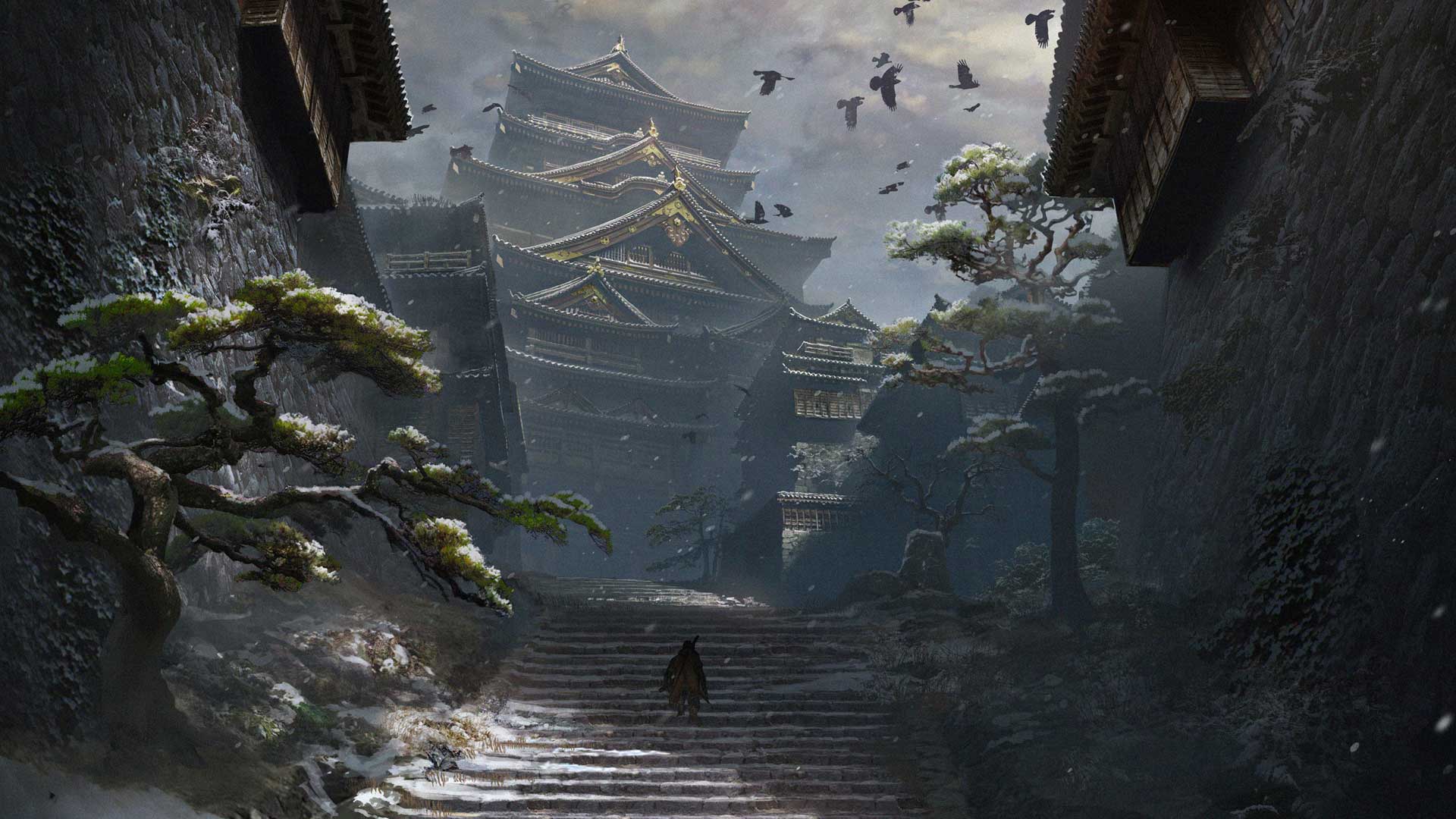


Speeding up the process of exploration was a thrilling change of pace.Ĥ9 Images That same feeling extends to sneaking and battling through the mist-covered forests of the Ashina Depths, and the sheer frozen cliff faces of the Sunken Valley, that make up a small part of the journey through Sekiro. When I first set foot in the Ashina Castle complex, I was struck with the same sense of wonder but also completely blown away when I learned I could zip between buildings and rooftops for unprecedented freedom in a FromSoftware megacity. When I first reached Anor Londo in Dark Souls or Yharnam in Bloodborne, the sheer scope of the cities was astounding. And this new mobility reinforces the stealth elements of Sekiro, allowing you to get into advantageous positions for silent assassinations, quickly escape danger and hide to reset a botched encounter, or just explore the varied grounded and mythical environments. When I got into trouble, there was almost always a way out if I thought like a ninja instead of a knight. Between jumping and zip-lining between anchors, that sense that you’re only ever a dead end away from being cornered, overwhelmed, and murdered in some dark alcove is an almost non-existent concern. Where all previous Soulsborne characters felt rooted firmly to the ground as they trudged down hallways and slowly climbed ladders, Sekiro’s level design has permission to be much more vertical. Its most apparent trick is a built-in grappling hook that can send you flying to the rooftops at a whim, which sends ripples throughout the gameplay. “Though many of the mechanics and level design philosophies of this mystical take on Japan’s Sengoku period (between 14) are nearly identical to the formula laid out previously, Sekiro is immediately its own beast when it comes to stealth, combat, and movement thanks to a Swiss-army-knife of a prosthetic arm strapped to your titular Shinobi character. It’s not something I’d wish for every game of this genre to embrace, but it’s refreshing and new. That relieving sense of safety in Sekiro allowed me to appreciate the mechanical complexities of it in a way I couldn’t if I was terrified of taking any chances. That regular cadence relieves a lot of the oppressive anxiety in wondering if all your work will be taken from you before you can make it to the next checkpoint, and once or twice I simply sprinted through an area, assuming an Idol was just on the other side. For example, due to the seemingly smaller, more linear paths relative to the sprawling hellscapes of other FromSoftware games, I never felt like I had to go too far to find the next Idol and bank my progress. Play While I certainly enjoy punishing games that test me and my skills (and have proudly bested everything FromSoftware has thrown at me in this genre) there’s a sense of empowerment that comes from Sekiro’s generally more forgiving nature.


 0 kommentar(er)
0 kommentar(er)
